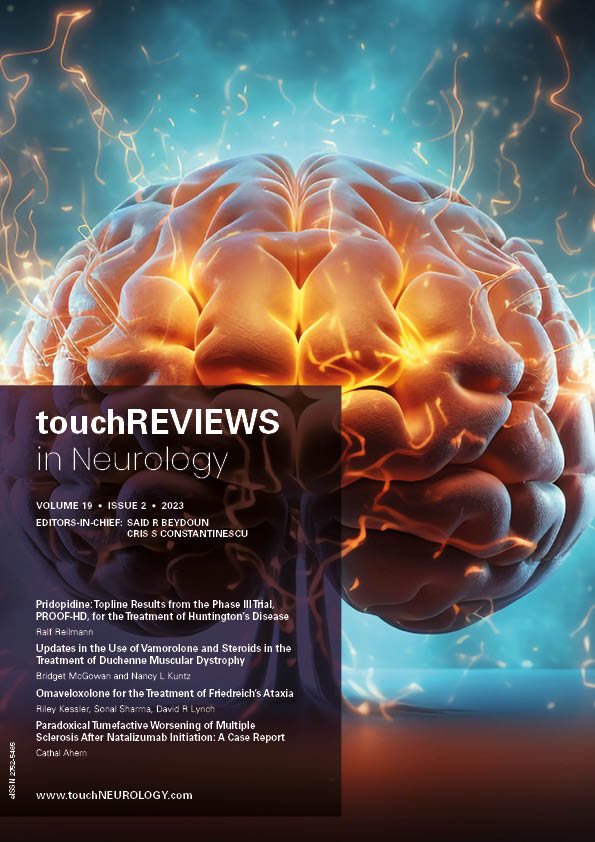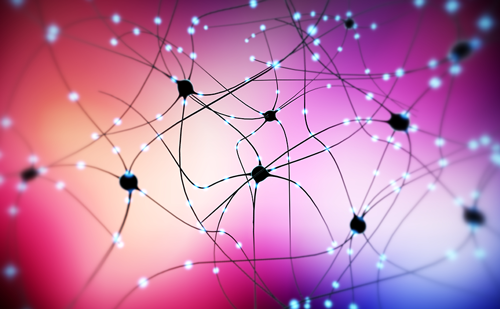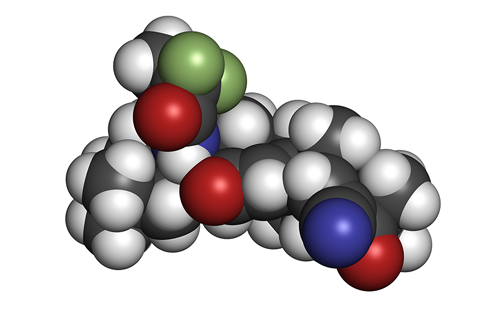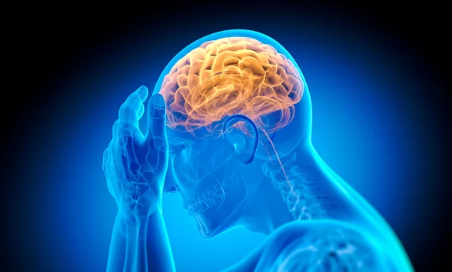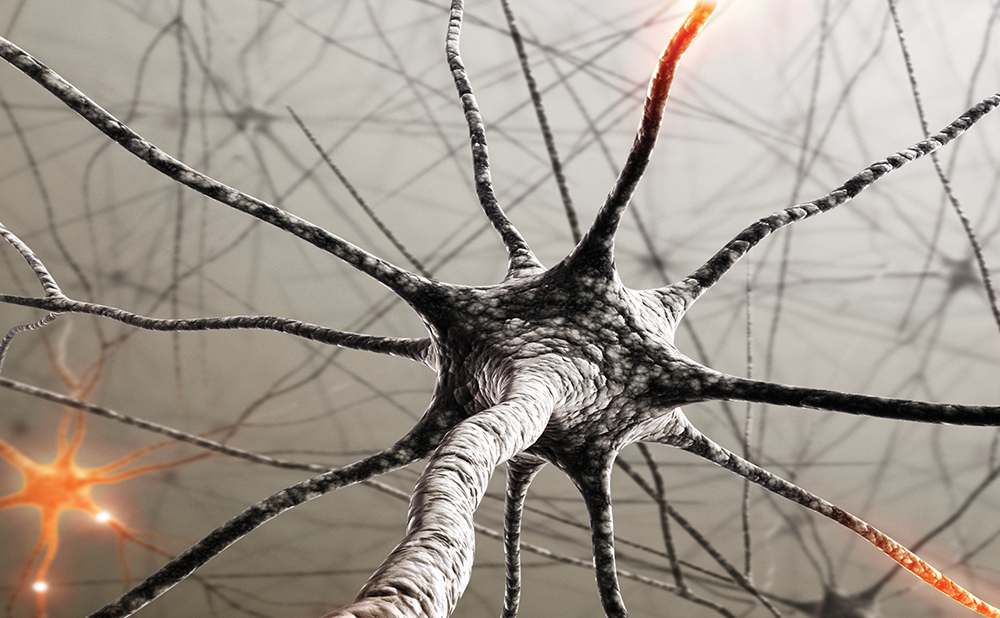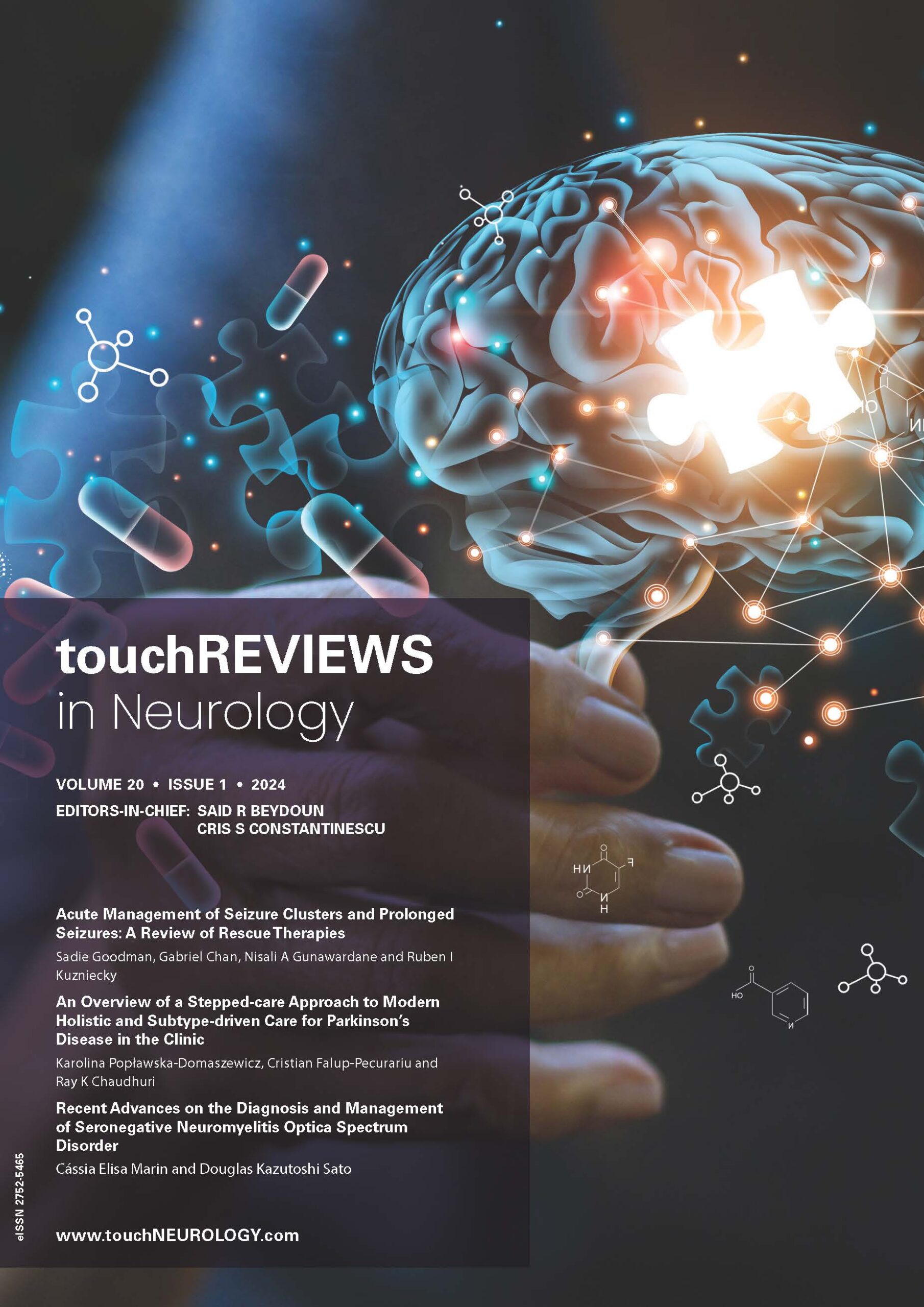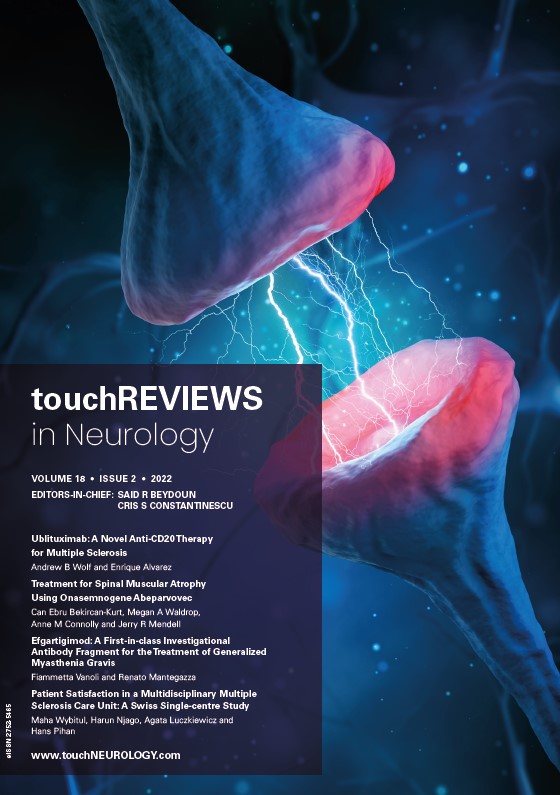touchREVIEWS in Neurology Volume 19, Issue 2, 2023
Foreword
In the latest edition of touchREVIEWS in Neurology, we are pleased to present a collection of insightful articles that highlight the current landscape and future directions in neurological research and treatment. Firstly, Rajvinder Karda opens this issue with a compelling expert interview on the future of SCN1A gene-targeting research for the treatment of Dravet syndrome. […]
Expert Interviews
Dravet syndrome is a rare genetic disorder that affects approximately 1 in 15,700 individuals. It is one of the most severe epilepsy syndromes of early childhood, with high morbidity and mortality rates.1,2 It is characterized by seizures that begin in infancy and can lead to intellectual disability, developmental delays and a range of other neurological problems.3 The SCN1A gene […]
Huntington’s disease (HD) is a genetic neurodegenerative disease that can affect movement, cognition and mental health. It is caused by a dominant mutation in the huntingtin gene, HTT. HD is estimated to occur in 5–10 people per 100,000 yearly, worldwide.1 Pridopidine (Prilenia Neurotherapeutics Ltd, Greenwork Park, Kibbutz Yakum, 6097200, Israel), a sigma-1 receptor (S1R) agonist, is currently under investigation in the phase III […]
Editorial
Duchenne muscular dystrophy (DMD) is an X-linked recessive, progressive and universally fatal disease in the spectrum of dystrophinopathies,1 with an incidence of 21.4 patients in 100,000 live male births worldwide.2,3 Historically, patients with DMD would lose ambulation by the age of 10 due to muscle weakness and die by the age of 20 from respiratory failure […]
Review
Friedreich’s ataxia (FRDA), a neurodevelopmental and progressive neurodegenerative disease, is the most common inherited form of ataxia, with disease incidence as high as 1 in 29,000 in Caucasian populations.1 Patients typically present with ataxia from ages 7 to 15 years and lose the ability to walk by their mid-twenties.2 Other common features include cardiomyopathy, diabetes, spasticity, hearing […]
Case Reports
Case study Patient information A 42-year-old woman presented in the emergency department with acute onset whole-body myoclonic jerks for 1 day. On enquiry, the patient’s parents advised that she had a history of depression over the past 15 years. Intermittently, family members had also noticed aggressive and abusive behaviour. She had been evaluated and diagnosed […]
Multiple sclerosis (MS) is a chronic, immune-mediated disorder of the central nervous system characterized by inflammation, demyelination and neurodegeneration. Natalizumab is a widely used anti-α4 integrin inhibitor for treating highly active MS. In the pivotal trials of natalizumab for MS, the SENTINEL and AFFIRM trials, natalizumab was established to reduce the rate of clinical relapses and […]

Trending Topic
Diabetic striatopathy (DS) is a rare hyperglycaemic condition associated with one or both of the following criteria: (1) acute-onset chorea–ballism (random, flowing and nonsuppressible involuntary movements) and (2) striatal hyperdensity on computed tomography (CT) scan or T1-weighted magnetic resonance imaging (MRI).1,2 DS is generally considered a complication of poorly controlled non-ketotic hyperglycaemia with acute hyperglycaemic surge, although […]
Journal Archive
touchREVIEWS in Neurology is a peer-reviewed, free-to-access, bi-annual neurology journal comprising review articles, case reports, practice guides, theoretical discussions, and original research. It features balanced and comprehensive articles written by leading authorities, addressing the most important and salient developments in the field of neurology.
Latest articles videos and clinical updates - straight to your inbox
Log into your Touch Account
Earn and track your CME credits on the go, save articles for later, and follow the latest congress coverage.
Register now for FREE Access
Register for free to hear about the latest expert-led education, peer-reviewed articles, conference highlights, and innovative CME activities.
Sign up with an Email
Or use a Social Account.
This Functionality is for
Members Only
Explore the latest in medical education and stay current in your field. Create a free account to track your learning.


